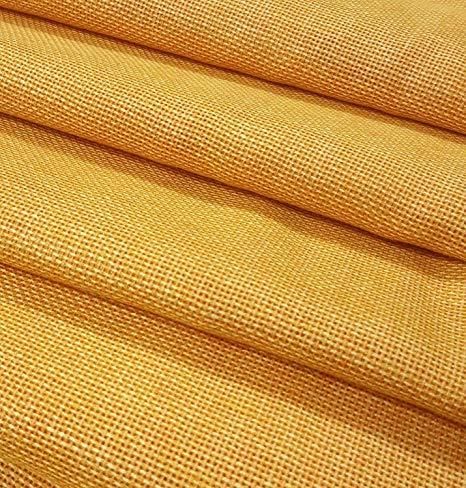NCERT Solutions for Class 8 Geography Chapter 4 - Agriculture
Exercises ( Page 30)
Q1. Answer the following questions.
(i) What is agriculture?
Ans: Agriculture is the primary activity, which includes growing crops, fruits, vegetables, flowers, and rearing livestock. It is also known as farming.
Agriculture
(ii) Name the factors influencing agriculture.
Ans: Various factors influencing agriculture are
- Availability of water
- Topography of soil
- Climatic conditions
(iii) What is shifting cultivation? What are its disadvantages?
Ans: Shifting cultivation or slash-and-burn cultivation is a type of farming activity that involves clearing a plot of land by cutting trees, burning the trees, mixing the ashes with soil, and then growing crops like maize, yam, potatoes, and cassava on the cleared land. After the soil loses fertility, the land is abandoned, and the cultivator moves on to a new plot.
This type of farming has the following disadvantages.
- Deforestation
- After some time, the land loses its fertility.
- Soil erosion.
- Small patches of cultivation which is insufficient for feeding a large population.
(iv) What is plantation agriculture?
Ans: Plantation agriculture is a type of commercial farming where a single crop of tea, coffee, sugarcane, cashew, rubber, banana, or cotton is grown.
Cotton plantation
A large amount of labor and capital is required in this type of farming. The produce is either processed on the farm itself or in nearby factories. Major plantations are found in tropical regions of the world, such as rubber in Malaysia, coffee in Brazil, tea in India Sri Lanka, etc.
(v) Name the fiber crops and the climatic conditions required for their growth.
Ans: Jute & cotton are known as fiber crops. The climatic conditions required for their growth are:
- Jute (Golden Fiber): High temperature over 25°C, heavy rainfall, warm and humid climate.
 Jute: Golden fiber
Jute: Golden fiber
- Cotton: High temperature around 30 - 40°C, low rainfall, and most importantly, 210 frost-free days and bright sunshine. This means a lot of cloud-free sunny days are essential for cotton growing.
Q2. Tick the correct answer.
(i) Horticulture means
(a) Growing fruits and vegetables
(b) Primitive farming
(c) Growing of wheat
Ans: (a) Growing fruits and vegetables
Horticulture is the science and art of growing fruits, vegetables, flowers, and ornamental plants. It involves the cultivation of plants for food, comfort, and beauty.
Horticulture
(ii) Golden fiber refers to
(a) Tea
(b) Cotton
(c) Jute
Ans: (c) Jute
The term "golden fiber" is often used to refer to jute. Jute is a natural fiber that is golden in color and is commonly used to make textiles, ropes, and other products.Jute
(iii) Leading producer of coffee
(a) Brazil
(b) India
(c) Russia
Ans: (a) Brazil
Brazil is the leading producer of coffee in the world. It is known for its vast coffee plantations and high-quality coffee beans.Coffee Beans of Brazil
Q3. Give reasons.
(i) In India agriculture is a primary activity.
Ans: Agriculture is the process of turning a plant into a finished product. It encompasses all activities involving the extraction and production of natural resources. Agriculture employs two-thirds of India's population, with people cultivating crops, fruits, vegetables, flowers, and raising cattle. As a result, agriculture is India's main industry.
(ii) Different crops are grown in different regions.
Ans: Crops are grown differently in different regions due to differences in geographical conditions, demand for produce, labor, and technological level. The selection of crops to be cultivated in that area is also influenced by the topography of the soil and the climate.
Q4. Distinguish between the following.
(i) Primary activities and tertiary activities
Ans: 
(ii) Subsistence farming and intenstive farming
Ans:

|
69 videos|431 docs|46 tests
|
FAQs on NCERT Solutions for Class 8 Geography Chapter 4 - Agriculture
| 1. What are the different types of agriculture? |  |
| 2. How does agriculture contribute to the economy? |  |
| 3. What are the major challenges faced by the agriculture sector? |  |
| 4. How can sustainable agriculture practices benefit the environment? |  |
| 5. What are the government initiatives to support agriculture in India? |  |

















